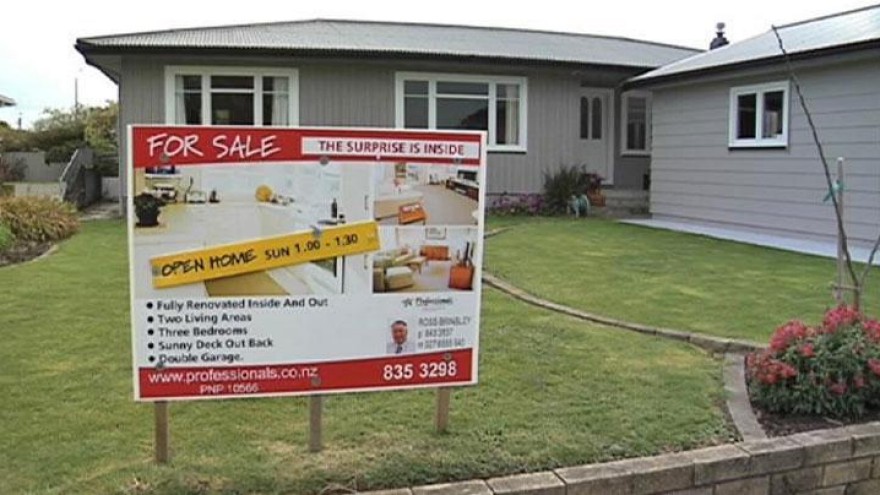Mary
The Australian Labor Party’s solution to the difficulties first homeowners face getting into the market has rightly been criticised on a number of fronts. The scheme has all the appearances of having been thought up on the run by people with little real-world experience.
Questions have been raised about potential rorting of the scheme and the lack of means testing, enabling applicants to place cash assets into the sharemarket or other assets whilst still accessing the scheme. What happens if the applicant passes away and leaves the property to beneficiaries who do not meet the income criteria. Will they be forced to sell?
The practicalities of the scheme are sketchy and raise many questions. When a new property is initially purchased, the buyer contributes as little as two per cent, the government 40 per cent and the remaining 58 per cent financed through a bank. With existing properties, the government contributes 30 per cent, leaving up to 68 per cent to be borrowed. The buyer meets all the upfront costs on the purchase: notably stamp duty and legal fees. Presumably the buyer meets all ongoing costs, such as council rates, insurance and any maintenance costs incurred. These costs naturally accumulate to become a substantial amount if the property is held over many years. It isn’t entirely clear from what Labor has set out so far whether the government’s contribution remains a fixed dollar amount to be repaid upon sale, or whether it will be entitled to 40 per cent of the net equity on sale. The difference is important. Fairness and equity become issues.
If the government has a fixed 40 per cent interest in the net sale proceeds, then it has contributed nothing to the ongoing costs of ownership, but if the property enjoys significant capital gains over the years then the government reaps a windfall profit. Meanwhile the owner – who put in as little as two per cent – has met the costs of ownership but sees a large portion of the capital gain going to the government, which hasn’t met any of these costs.
Also missing from what has been set out so far is any accounting for increases in equity arising from paying down a table mortgage over a number of years. Most buyers opt for table mortgages. These involve paying both the interest on the loan plus steadily increasing reductions of the loan principal. At the start of the loan, the payments are comprised largely of interest, with a small amount of the loan principal. Over time, progressively less interest is paid and more of the mortgage installment is principal.
The information given so far has not set out how the increase in equity due to mortgage repayments is to be accounted for. It would appear that, for fairness, an army of accountants will be required to calculate what amount of the increase in equity is due to mortgage repayments made over the term of the loan.
The scheme does not address the consequences of a falling market. It is clear that the market has plateaued – whether significant falls in property prices follow as a result of increasing interest rates remains to be seen. There is nothing to say that falls of 10 per cent or more will not happen: it has before and can happen again. Such an event would see the initial two per cent equity contributed by the buyer wiped out. Significant rises in interest rates combined with falling property values can see owners default on their mortgage payments. In a mortgagee sale, properties can, and do, sell for significantly less than their original purchase price.
Has Labor considered how any sale proceeds in a forced sale situation would be split? In such a situation the bank takes what it is owed. Anything left over would be paid to the owner in normal circumstances. In the scheme as proposed, would the remaining equity be split two per cent or 40 per cent, or would the government take everything?
The scheme is limited to singles earning up to $90,000 and couples up to $120,000. Someone earning $85,000 on entering the scheme is not going to stay on that income forever. Will the income rules be indexed to inflation? What the ALP has set out is silent on this important question.
The most ominous aspect of this scheme is that of the government owning a share in your home. Permission will be required to carry out renovations. Who will decide whether these renovations will be given the green light? Some petty bureaucrat in Canberra? This scheme is one small step from communism and is enough to send shivers down the spine of anyone who values private property rights.
If Labor wins the election on 21 May, anyone considering entering into this scheme as presently set out will need a lot more information and certainty than is currently being offered. While the scheme may seem attractive on the surface, it is full of ‘what ifs’ and unknowns, with potential for inequitable outcomes.
Caveat emptor – let the buyer beware!

